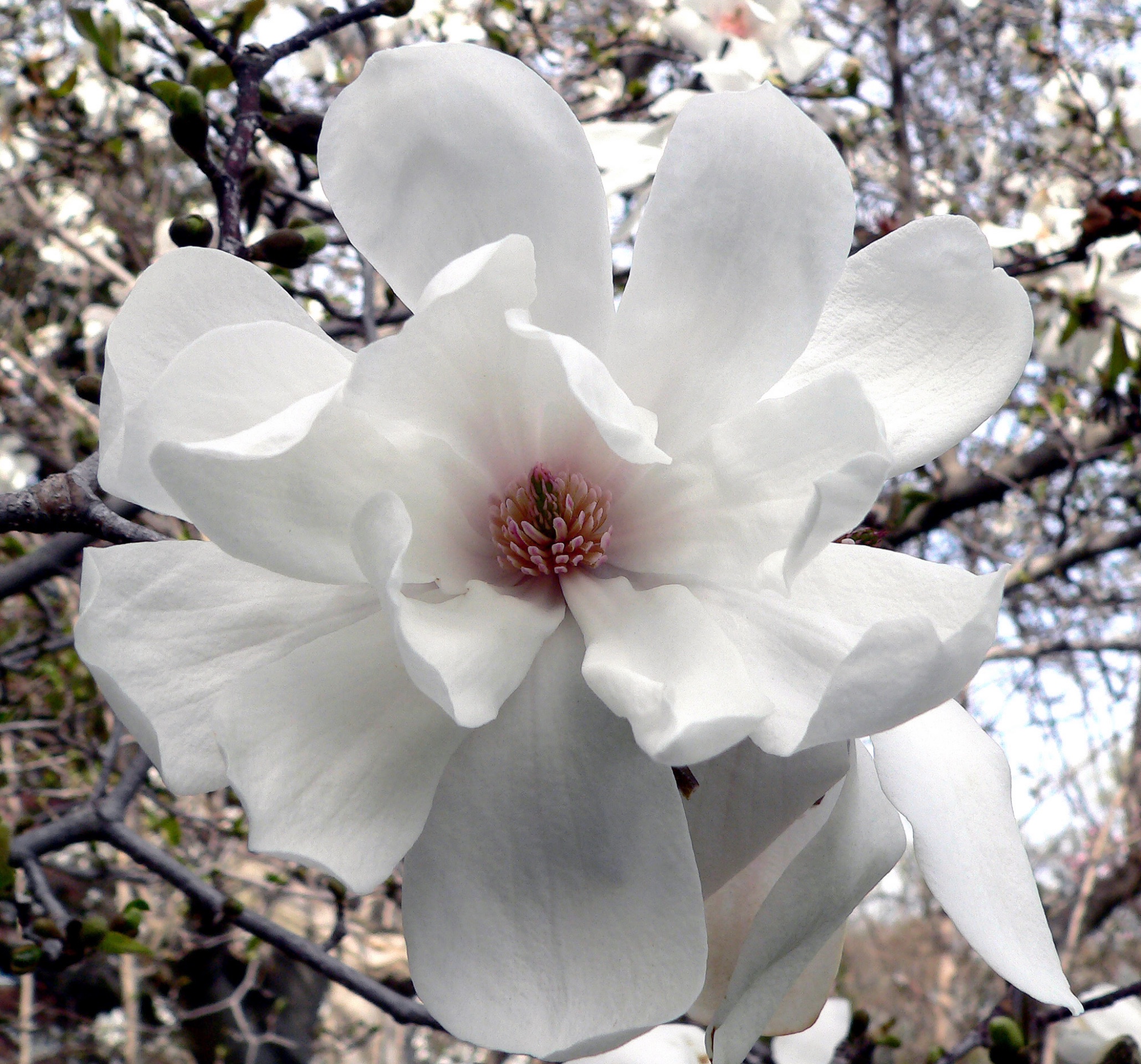
SAX, K., ARNOLD ARBORETUMn
Named after Arboretum director Elmer Merrill in 1952 and hybridized by Karl Sax, Arboretum scientist and director. ‘Merrill’ Loebner magnolia is one of the many remarkable cultivars developed as a result of Sax’s horticultural breeding program.
‘Merrill’ Loebner magnolia plays homage to Dr. Elmer Merrill. Merrill was the administrator of botanical collections at Harvard University, as well as a botany professor, and was appointed director of the Arnold Arboretum of Harvard University in 1935. Merrill’s noteworthy accomplishments include increasing the herbarium holdings by 220,000 specimens, enlarging the library, creating the position of horticulturist and hiring the legendary Donald Wyman, and perhaps most notably, widely distributing Metasequoia glyptostroboides (dawn redwood) seed throughout the Western world. Upon Merrill’s retirement, research scientist Karl Sax was chosen as director. Sax was a professor of plant cytology and genetics at the Bussey Institute, Harvard University’s Graduate School of Applied Biology. It was through his extensive horticultural breeding program and genetics studies, largely focused on crabapples, cherries, and forsythia, that one of his students can be given the accolades of breeding the stunning ‘Merrill’ Loebner magnolia.
‘Merrill’ is a cross between Japanese natives Magnolia stellata (star magnolia) and Magnolia kobus (Kobus magnolia). It was grown from open pollinated seed in 1939. The name honors German horticulturist Max Löebner who was first to make the cross between these two species in the early 20th century. This cross has produced arguably the most magnificent cultivars of the genus.
‘Merrill’ is a vigorous grower, having not inherited star magnolia’s slow growth rate. It has a rounded to broad crown and can attain a mature height of 20 to 30 feet, in between that of star magnolia (up to 20 feet) and Kobus magnolia (up to 35 feet). It puts on a spectacular show in early spring, prior to the emergence of 5-inch long obovate, dark green foliage. Fragrant white flowers, blushed with pink at the base, shower multi-trunked trees in April, creating a showstopping display. Flowers up to 6-inches wide with 15 or more tepals (petals and sepals that cannot be differentiated from one another) are similar to those of star magnolia. And, unlike Kobus magnolia, plants produced from cutting propagation flower at 2 or 3 years of age. Aggregate cone-like fruits ripen to a vibrant red in autumn.
Massachusetts
Viewing this plant in-person? Look for these defining characteristics:
1

2

About Our Collection
Fun Facts
Stats
- Living Specimens
- Specimens Dead or Removed
- First Addition
- Most Recent Addition
- Tallest Specimen
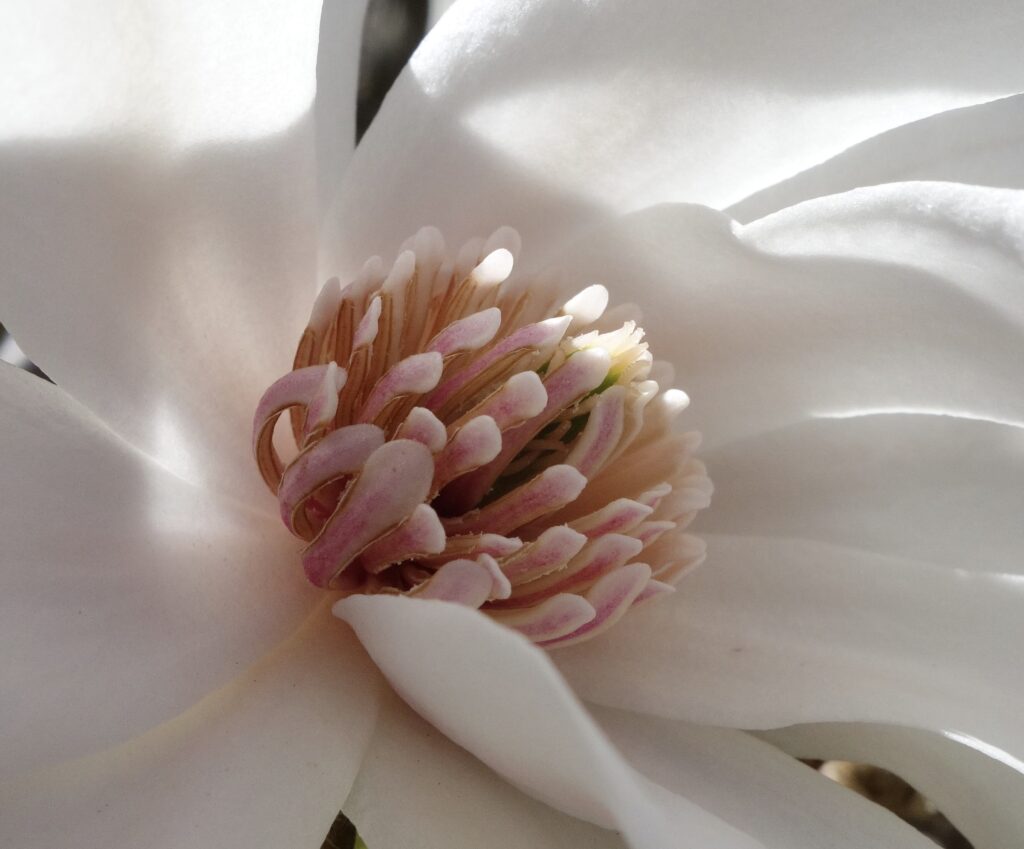
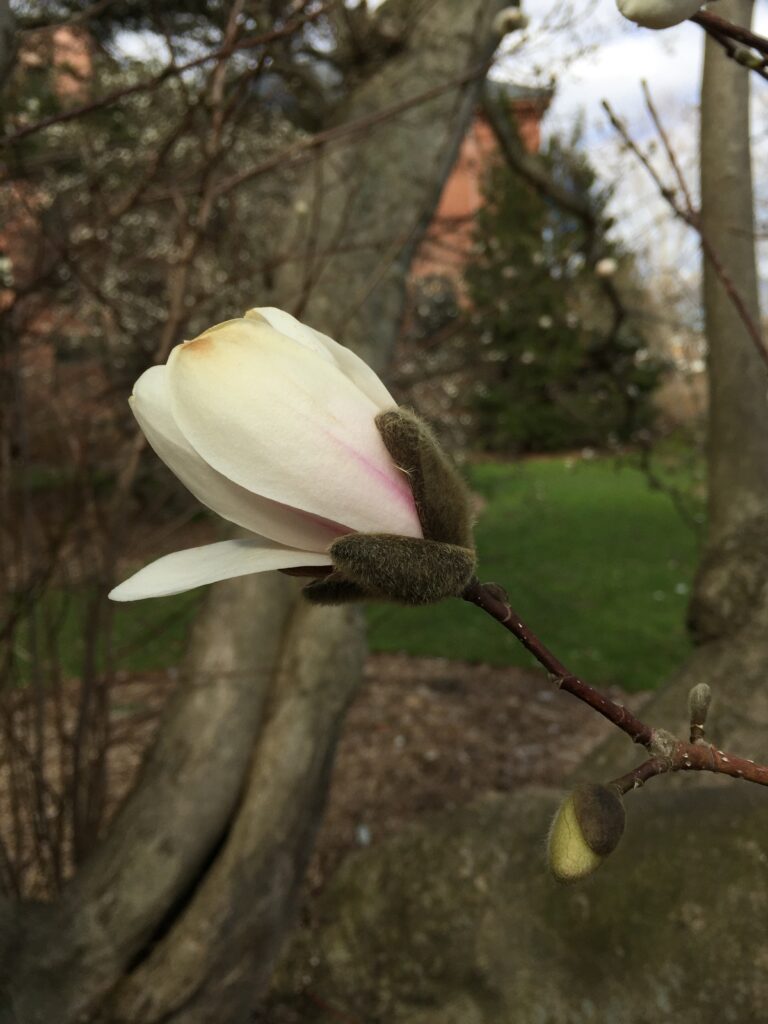
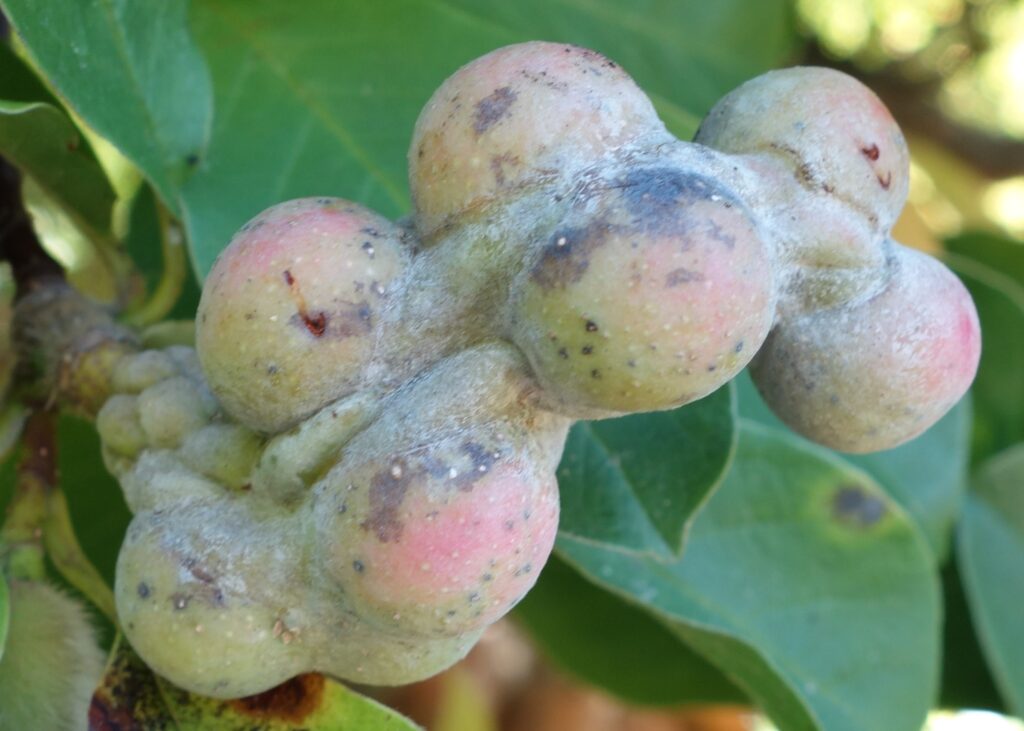
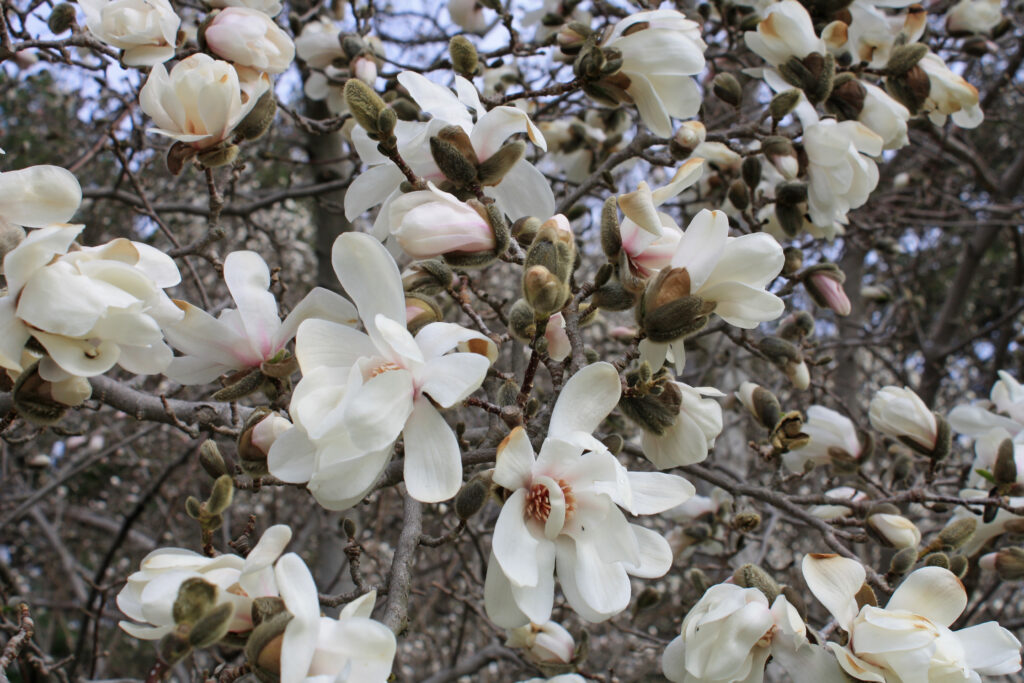
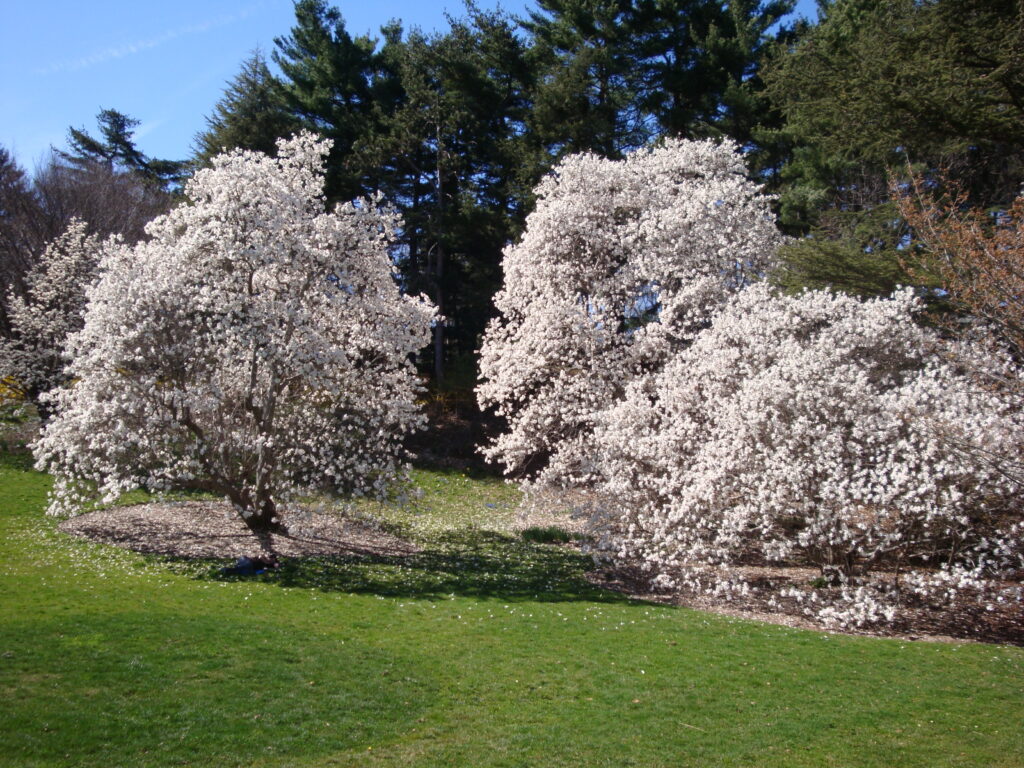
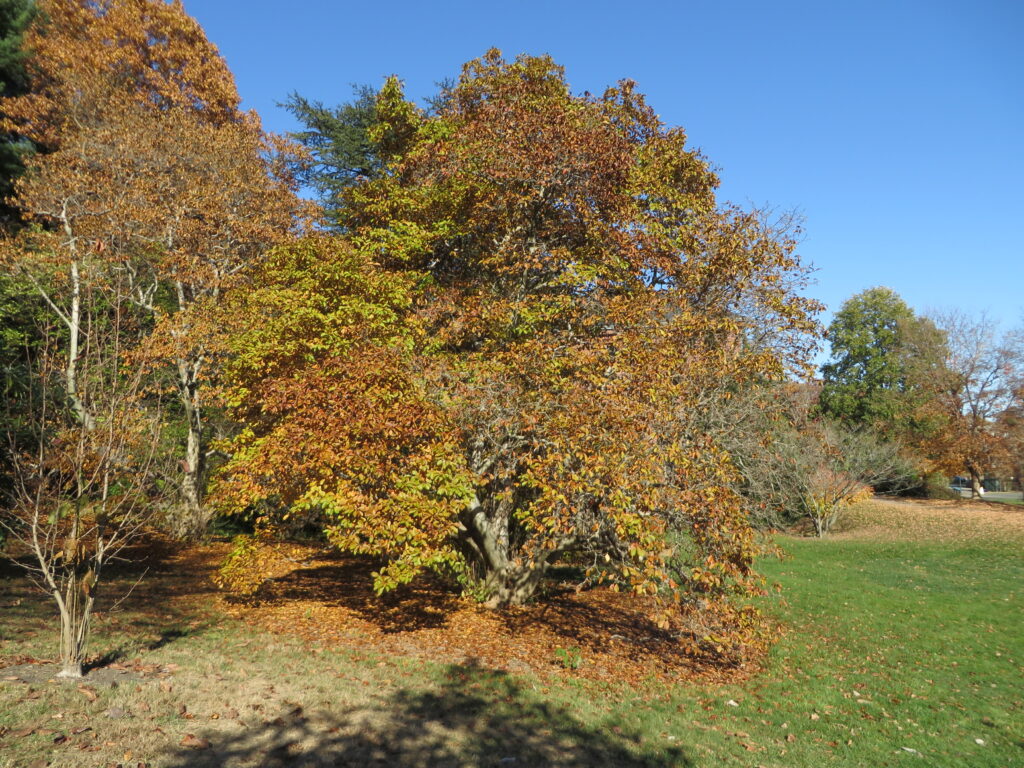
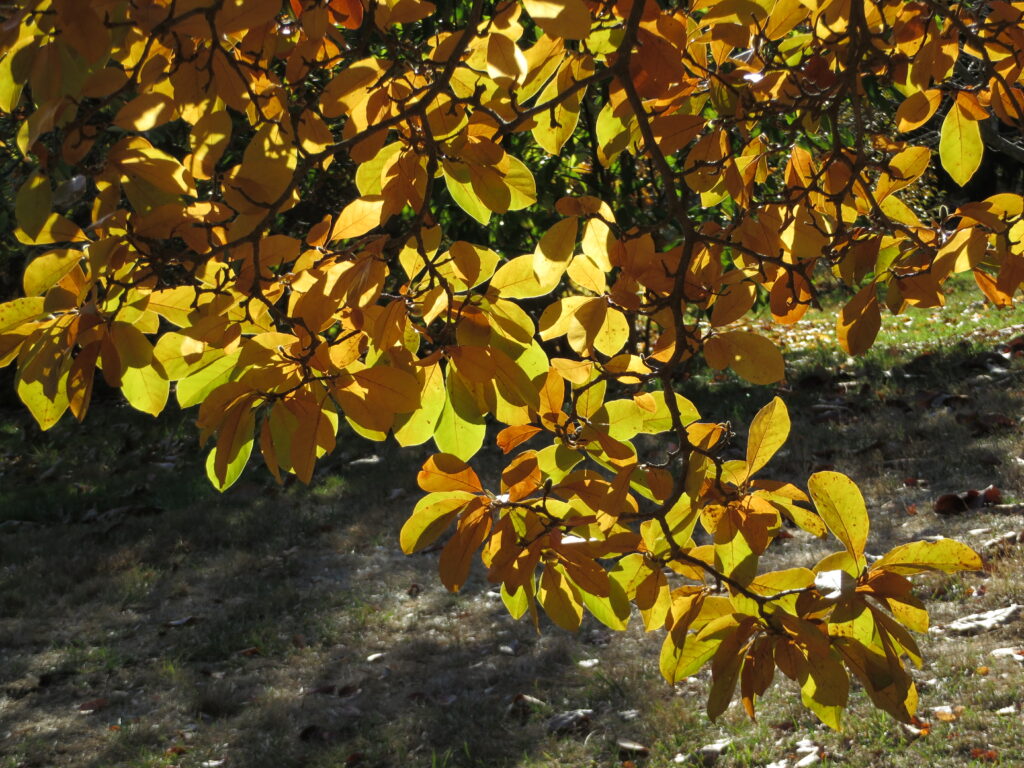
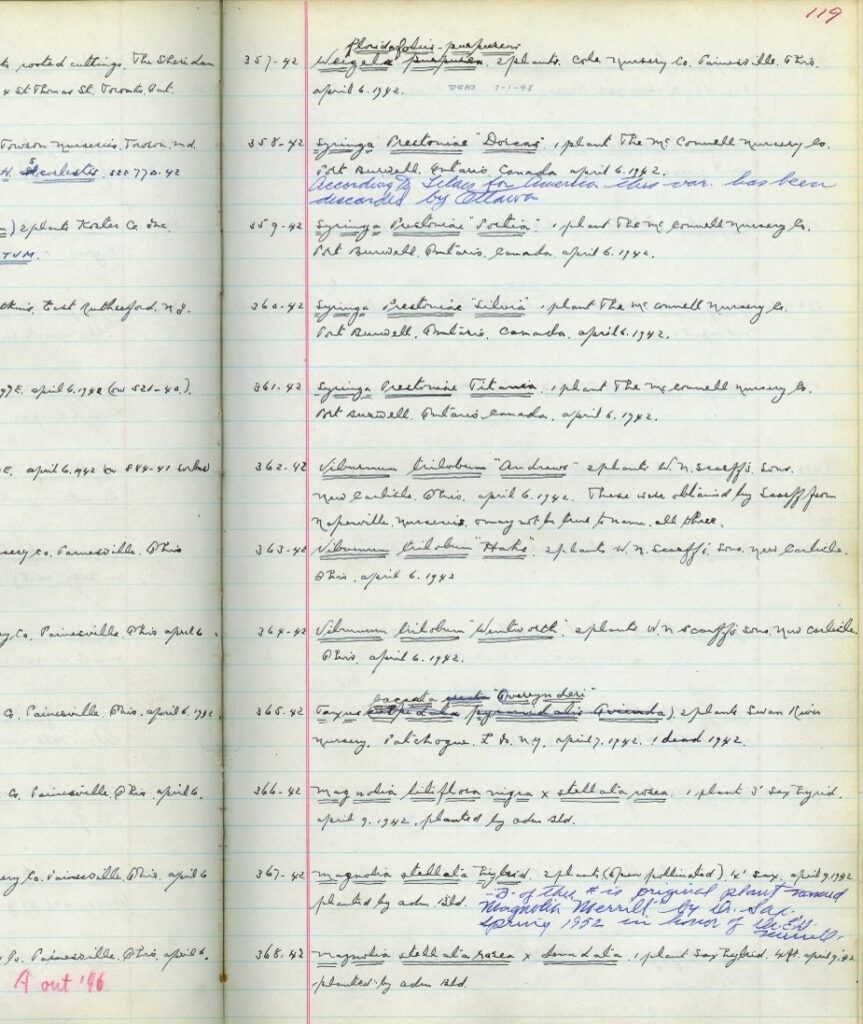
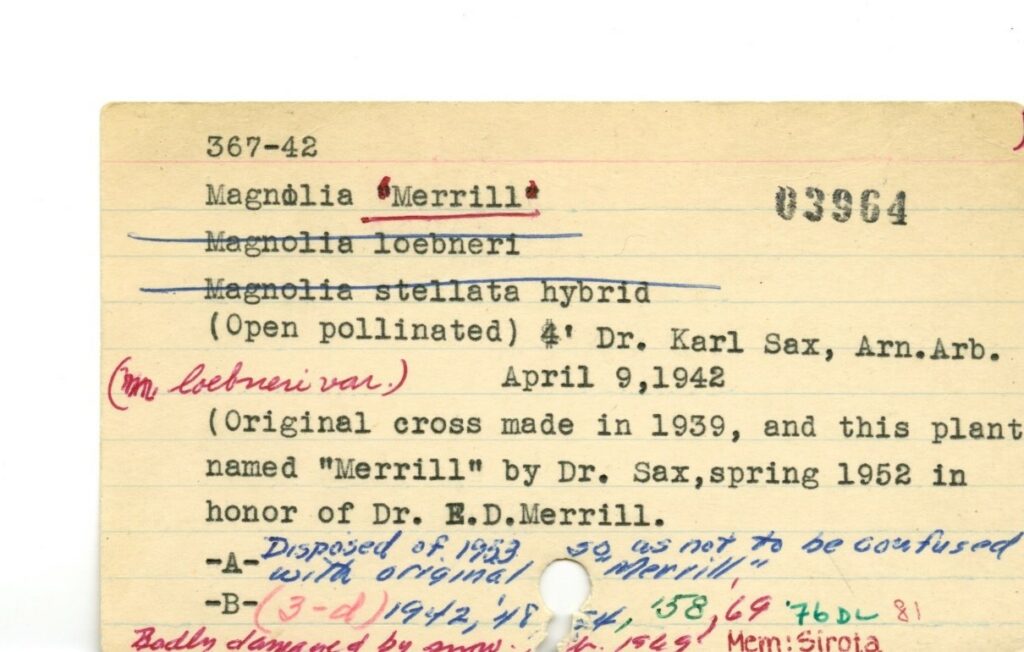
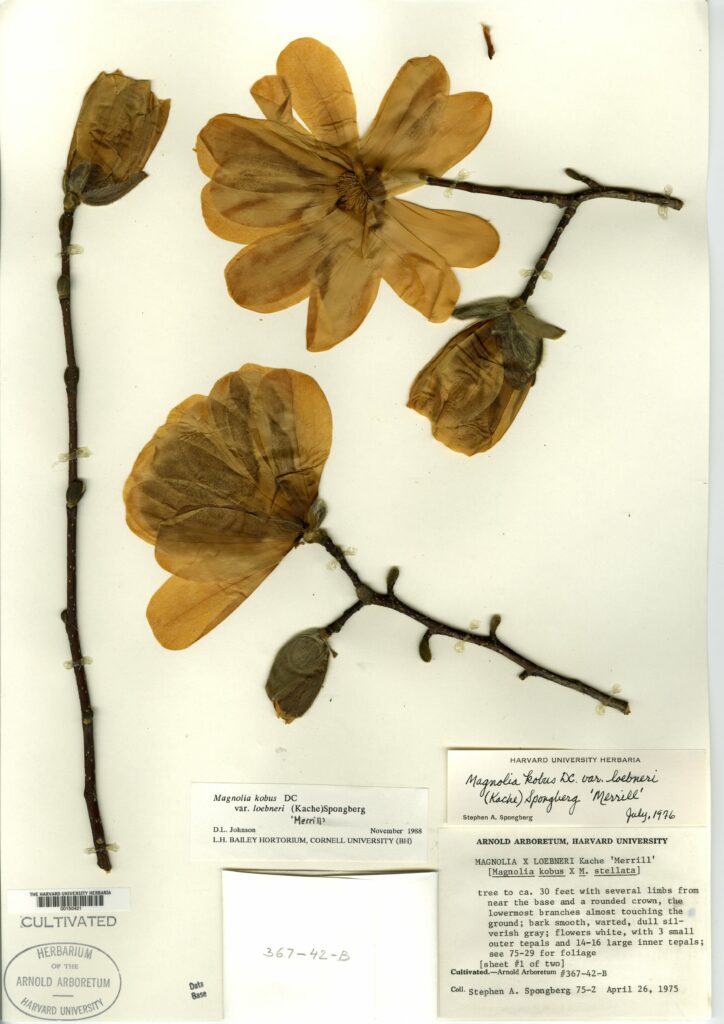
5 Living Specimens
| Plant ID | Accession Date | Received As | Origin | Source |
|---|---|---|---|---|